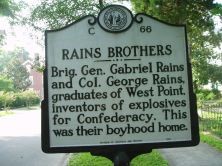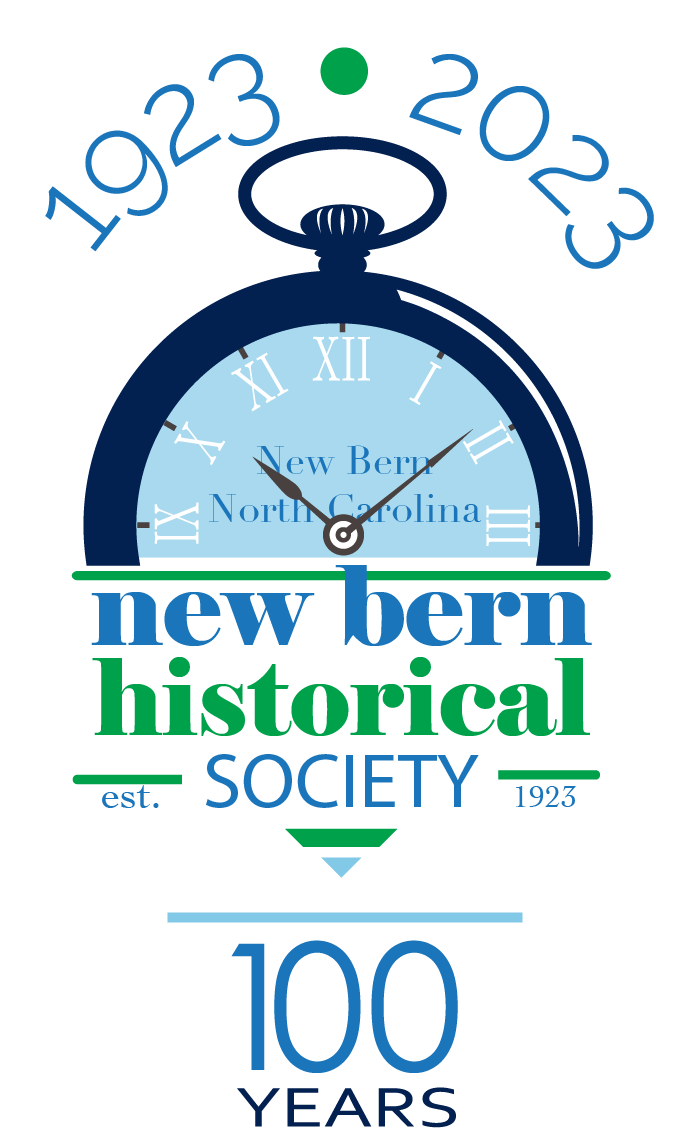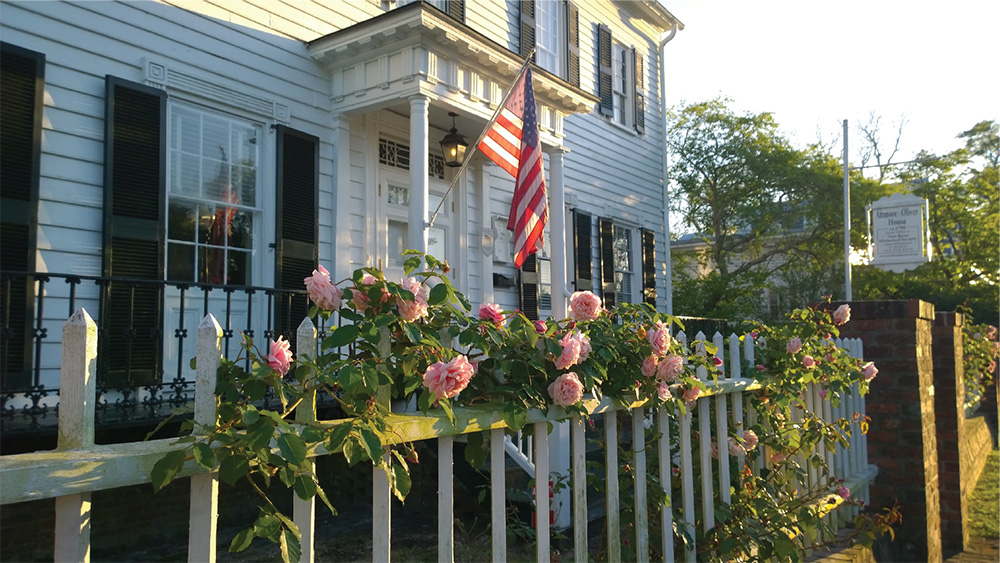A man credited with revolutionizing naval warfare was born in this month in New Bern. Gabriel James Rains was born in June 1803, the eldest son of Ester Ambrose and Gabriel Manigault Rains, a cabinet maker. He and his younger brother, George Washington Rains, both attended New Bern Academy and West Point, and were said to be brilliant. They became experts in the use of land mines, torpedoes, and other explosives and were known in New Bern as the "the Bomb Brothers."

Gabriel Rains graduated from the US Military Academy at West Point, New York in 1827, 13th in his class. He was commissioned as a 2nd lieutenant and fought in the Seminole Wars. It was in 1839 at Fort King, Florida that Rains first began to experiment with explosives. He was shot during an altercation with Indians and was so badly wounded that his death was announced in the paper. He recovered and was promoted to brevet major due to gallantry and meritorious conduct in the attack. Rains then served during the Mexican War as well as the Indian wars on the West Coast. At the outbreak of the Civil War Rains resigned his commission and on 31 July 1861 joined the Confederate Army. On 23 September 1861 he was appointed brigadier general from North Carolina and given command over a brigade near Richmond. Rains commanded at Yorktown during the winter of 1861-62 and continued his experiments with mines. He developed a type of subterranean mine called "torpedoes," patterned after a design by Samuel Colt. The development of the first modern mechanically-fused high explosive anti-personnel land mines was attributed to Rains during the Battle of Yorktown in 1862. Rains also invented a machine for manufacturing gun caps.
Rains was placed in command of the conscription and torpedo bureaus at Richmond in and while organizing a system of torpedoes and mines to protect the harbors, he began to devise plans for the torpedo defense of Confederate ports. President Jefferson Davis was impressed and directed Rains to put his plans into operation. Rains was sent to Vicksburg, Charleston, and Mobile. From then until the end of the war he bolstered the defenses of major Southern ports with torpedoes and mines.
By the end of the Civil War, nearly 2,000 standard pattern "Rains mines" were deployed. Rains was formally appointed chief of a newly created Torpedo Bureau on 17 June 1864 and remained in this position until the close of the war. Under his supervision torpedo factories were established at Richmond and Wilmington. Although Confederate leaders early in the war objected to the use of mines on moral grounds, these devices were widely employed by the end of the conflict and were a great success. They provided an effective deterrent to Union naval attack, and they sank about fifty-eight Union vessels.
After the war Rains lived for a time in Atlanta before moving to South Carolina, where he worked as a clerk from 1877 to 1880 in the Quartermaster's Department of the U.S. Army at Charleston. He died in Aiken, S.C. on August 6, 1881 and was buried at St. Thaddeus Cemetery.


